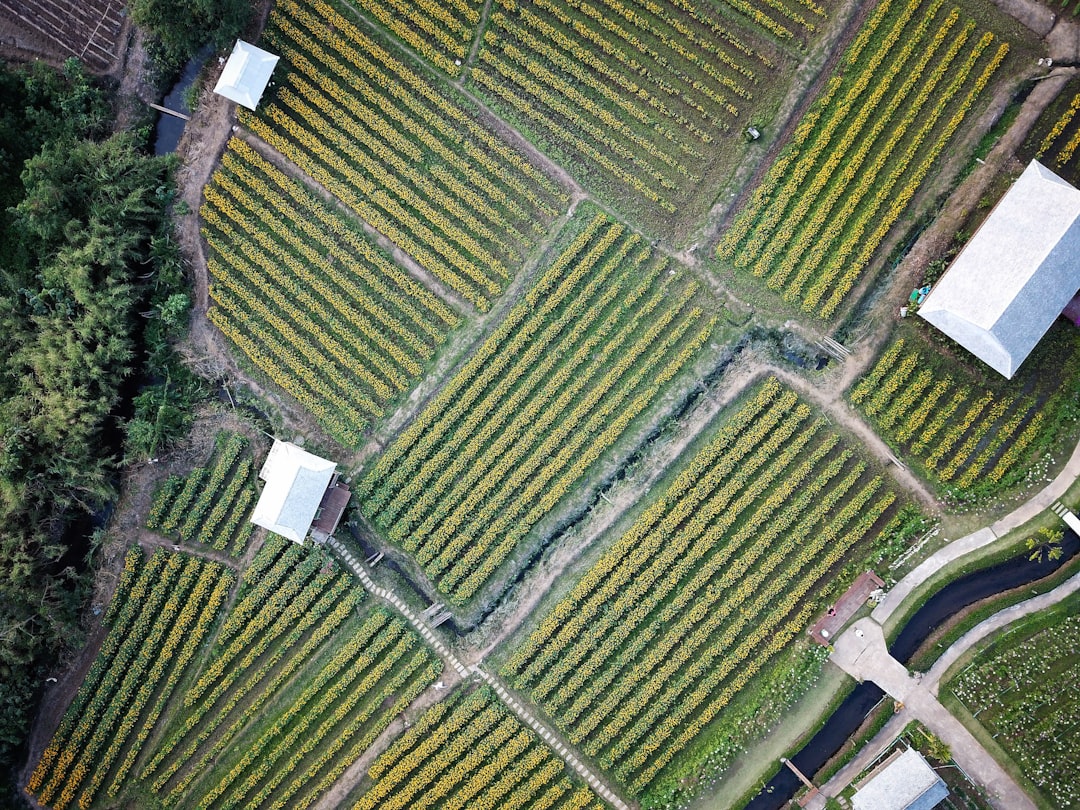Water is one of the most valuable resources in agriculture and gardening. With climate change intensifying droughts and water scarcity in many regions, improving water use efficiency has become a necessity. Whether you’re a farmer growing crops on a large scale or a gardener tending to your backyard plants, the goal is the same—getting the most produce with the least amount of water.
This blog explores strategies and techniques to help you use water efficiently while maximizing yields.
Why Water Use Efficiency Matters
Efficient water use benefits more than just your wallet. It’s essential for:
-
Sustainability: Reducing water waste helps conserve limited freshwater resources.
-
Plant Health: Overwatering can lead to root rot, nutrient leaching, and pest problems. Efficient watering provides plants with exactly what they need.
-
Climate Resilience: Drought-tolerant farming and gardening ensure productivity even in water-scarce conditions.
Key Strategies to Improve Water Use Efficiency
1. Choose the Right Plants
-
Native and Drought-Tolerant Varieties: These plants are adapted to local conditions and require less water.
-
Crop Selection: In agriculture, selecting crops with shorter growing cycles or lower water needs can significantly improve efficiency.
-
Heirloom and Hybrid Seeds: Look for seeds bred for water efficiency or resilience to dry conditions.
2. Optimize Irrigation Practices
-
Drip Irrigation: Delivers water directly to the roots, minimizing evaporation and runoff. Ideal for row crops, fruit trees, and garden beds.
-
Mulch Irrigation Lines: Covering irrigation pipes with mulch reduces water loss due to heat.
-
Timing: Water early in the morning or late in the evening to reduce evaporation.
-
Precision Watering: Use moisture sensors to determine when and how much water your plants actually need.
3. Improve Soil Health
-
Organic Matter: Adding compost or organic material improves soil structure, enhancing its ability to retain water.
-
Cover Crops: Planting cover crops like clover or rye prevents water loss from bare soil and enhances soil health.
-
No-Till Farming: Reduces soil disturbance, allowing the soil to retain more moisture.
4. Capture and Store Water
-
Rainwater Harvesting: Install barrels or tanks to collect rainwater for use during dry periods.
-
Reservoirs and Ponds: For larger operations, consider building water storage systems.
-
Contour Farming: On sloped land, creating contour lines helps slow water runoff and allows more to seep into the soil.
5. Use Mulching
A thick layer of mulch (straw, wood chips, or even grass clippings) around plants offers several benefits:
-
Reduces evaporation by shielding soil from direct sunlight.
-
Keeps soil temperature stable, reducing stress on plants.
-
Prevents weed growth, which competes with crops for water.
6. Leverage Technology
-
Smart Irrigation Systems: Automated systems with weather monitoring capabilities adjust watering schedules based on current conditions.
-
Mobile Apps: Some apps help track water usage, provide weather data, and offer tips for efficient irrigation.
-
Drones and Sensors: Advanced tools in agriculture can monitor crop health and soil moisture levels across large areas.
7. Adopt Intercropping and Polyculture
Growing complementary plants together can create a microclimate that reduces evaporation and improves water retention. For instance, companion planting like the "Three Sisters" (corn, beans, and squash) can increase efficiency while maximizing yields.
8. Educate and Engage
-
Workshops and Training: Farmers and gardeners can benefit from workshops on water-saving techniques.
-
Community Gardens: Share resources and ideas within your community to collectively conserve water.
Case Study: Efficient Water Use in Action
Small Farm
A farmer in Rajasthan, India, switched to drip irrigation combined with mulching for their vegetable crops. The result? Water use dropped by 50%, and yields increased by 30%, even during a drought year.
Home Garden
A gardener in California adopted rainwater harvesting and paired it with native drought-tolerant plants. Over three years, their garden thrived while their water bills were cut in half.
The Benefits of Getting More Per Drop
-
Cost Savings: Reduced water bills and fewer resources spent on irrigation.
-
Better Yields: Healthier plants often produce higher-quality crops or garden produce.
-
Environmental Protection: Conserving water helps maintain ecosystems and prevents over-extraction from rivers and aquifers.
Conclusion
Improving water use efficiency isn’t just about saving water—it’s about creating a sustainable future where agriculture and gardening thrive even in water-scarce conditions. By adopting techniques like drip irrigation, mulching, and rainwater harvesting, you can protect this precious resource while getting more from every drop.
Call to Action:
Have you tried any water-saving techniques in your farm or garden? Share your experiences in the comments below and inspire others to join the journey toward efficient water use!

Comments
No comments yet. Be the first to comment!
You must be logged in to comment. Login